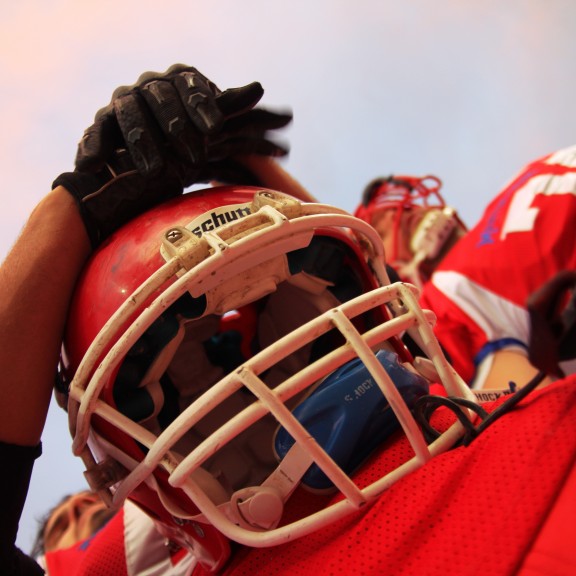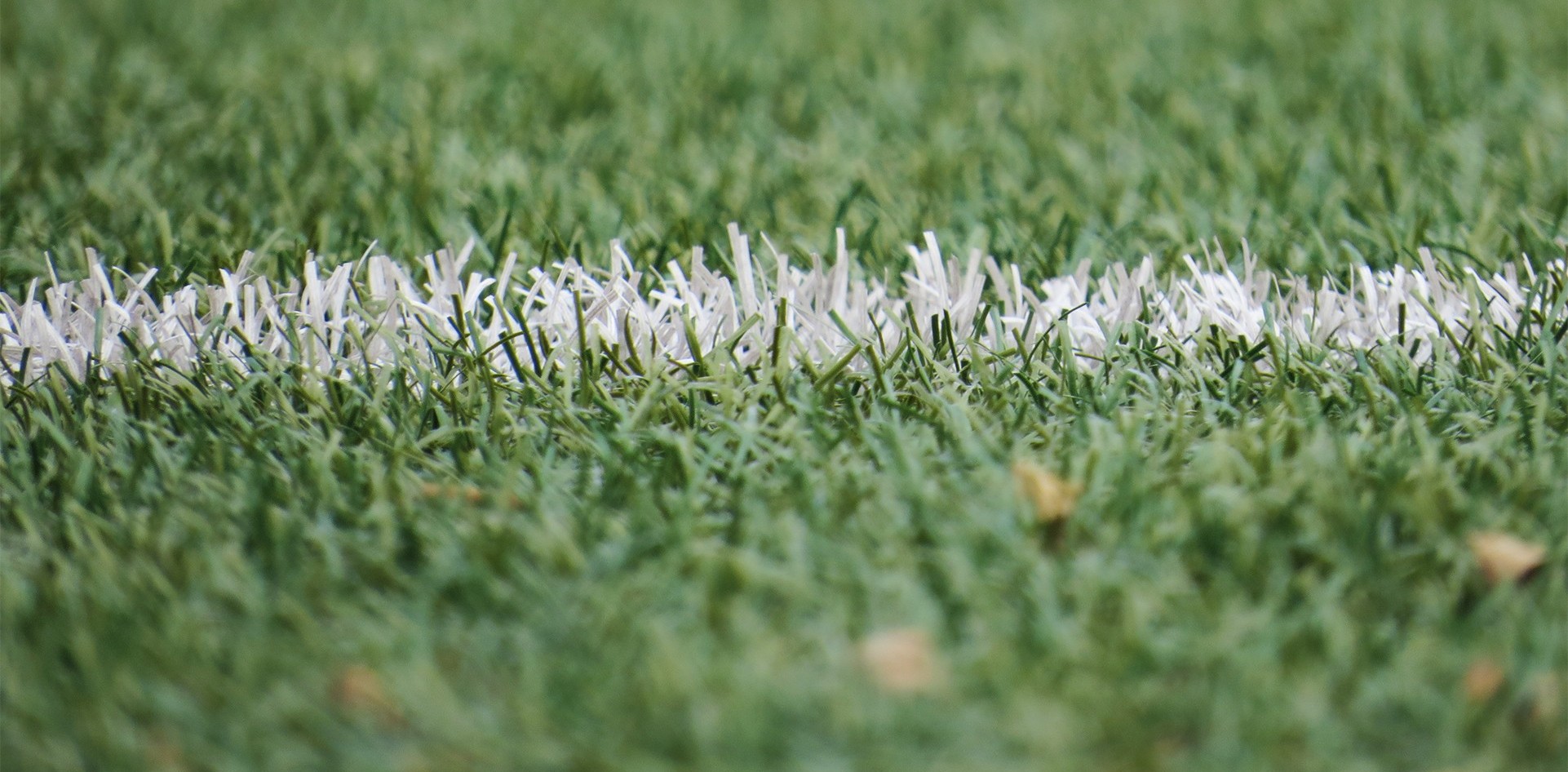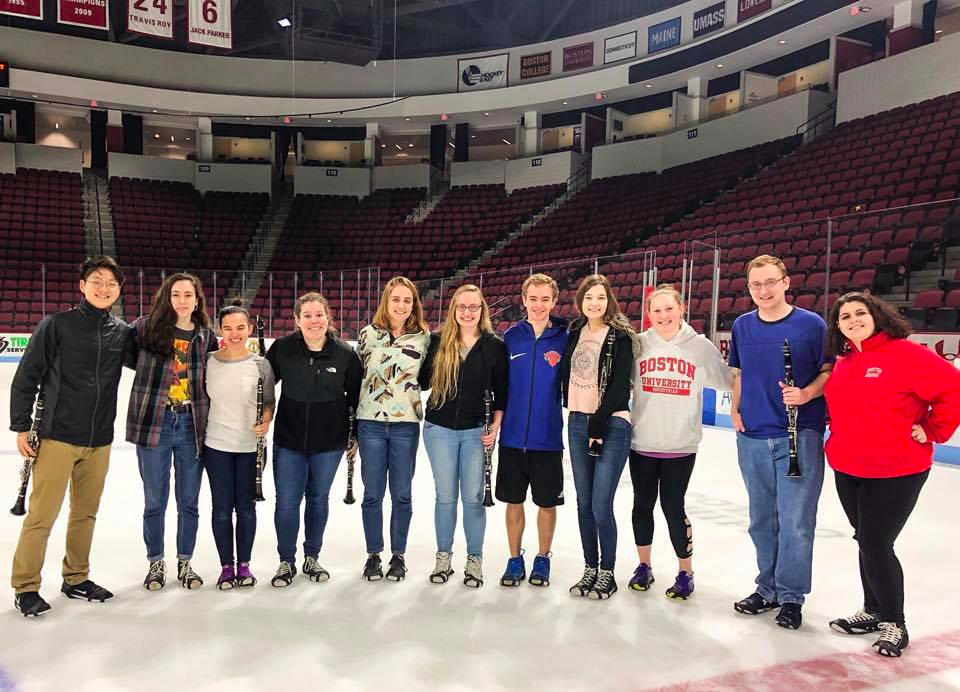WASHINGTON – Chronic traumatic encephalopathy, or CTE, has been garnering more and more recognition as fears grow about the progressive, degenerative brain disease developing in athletes, and now, children.
CTE, which has been known to cause memory loss, confusion, aggression, depression and progressive dementia, is mostly found in athletes with a history of repetitive brain trauma. Currently, CTE can only be diagnosed postmortem.
The disease is studied at Boston University’s CTE Center, an independent academic research center at BU’s School of Medicine that does extensive research on CTE and has received past donations from the National Football League to put towards CTE studies. Neuropathologists at the CTE Center “study brain and spinal cord tissue of former athletes to better understand the cause, progression, and characteristics of the disease.”
Many NFL players, both active and retired, have donated or pledged to donate their brain to BU’s Brain Bank. BU’s CTE Center even received a donation from a multi-sport 18-year-old athlete who received multiple blows to the head in high school football. BU found that at the time of his death, he had begun to develop CTE.

Karen Zegel and Kimberly Archie are both mothers who have lost sons to CTE. The difference between their sons and Mike Webster of the Pittsburgh Steelers, the first NFL player to be diagnosed with CTE in the early 2000s, is that Zegel and Archie’s sons never played in the major leagues – only youth sports.
Zegel and Archie visited members of Congress on Wednesday, March 23 to push for federal regulations on contact sports for children under the age of 14, including banning heading in soccer, tackling in football and rugby and checking in hockey.
Archie, an advocate for rights of child athletes, has been involved in children’s sports rights since 2008. After her son died at the age of 24, Archie met Zegel and began to unite with other families that had been affected by CTE or brain injuries. Archie said there are now 12 families that have joined the cause.
Concern about CTE has emerged not only in people on the sidelines, but in athletes from various contact sports as well.
Earlier this year, Brandi Chastain, a soccer star who scored the winning goal in the 1999 Women’s World Cup, pledged to donate her brain to concussion research.
Chastain has also urged youth leagues to ban athletes under age 14 from heading the ball.
The Concussion Legacy Foundation has identified nearly 200 cases of CTE, mostly in former football players, but has yet to identify the disease in a female athlete.
Some athletes, like Chris Borland of the San Francisco 49ers, are so afraid of the long-term effects of concussions that they have stopped playing the game altogether rather than risk it.
“I just honestly want to do what’s best for my health,” Borland told ESPN. “From what I’ve researched and what I’ve experienced, I don’t think [continuing to play the game] is worth the risk.”
Borland retired in 2015 after just one year of playing.

It wasn’t until mid-March of this year that the NFL publicly acknowledged for the first time the link between football and CTE. In their response, they cited the research by Dr. Ann McKee, a neuropathologist and an expert in neurodegenerative disease at BU’s School of Medicine, as being definitive proof of the link between football and CTE. The NFL has instituted concussion protocol for any player hit in the head and in the rules instated for the 2015-16 season, it will be a foul to hit a player “forcibly in the head or neck area, or use the crown or hairline parts of the helmet.”
PopWarner, the world’s largest youth football league, made rule changes in 2012 to begin limiting contact during practices. Their website cites the reason as part of their “continuing efforts to provide the safest playing environment for our young athletes, and in light of developing concussion research.”
All the new awareness of CTE is beneficial to research at BU, said Chris Nowinski, Founding Executive Director of the CLF, an advocacy organization that “seeks to translate the BU research into policy.”
“The new awareness is helping research in many ways, from increasing the number of donations to the brain bank to rule changes meant to protect athletes,” said Nowinski.
Nowinski also said that even though some may think children aren’t strong enough to hurt another with force, they are mistaken.
“Children’s heads are nearly full size by the time they are 6 years old, but their mass is closer to 25 percent of an adult, and they have weak necks,” said Nowinski. “This means that when the head of a child is impacted, it takes little energy to accelerate their head and brain quickly, resulting in a bobblehead-doll-like effect.”
The concern is not limited to the United States. Shannon Lawder, visiting Washington, DC from London, England with her two children and husband, said she definitely thinks about the safety of her children on the field.
“In England, boys have to play tag rugby [before they play tackle],” said Lawder, whose son is a fourth grader and a rugby player. “I would like if he could just keep playing tag instead of tackle.”
Rugby is similar to American football, though often characterized as being rougher because it is played without helmets or pads. Archie includes rugby on the list of sports to make safer.
Archie and the other families plan to return next month and continue meeting with lawmakers. Archie said they are “committed to the long haul” it will take to create a new federal agency regarding children’s safety in sports.
“We don’t want any family to suffer the losses we have because they didn’t know better,” Archie said. “When you know better, you do better.”
The bill language is in the works for what will be called the “Sport Health & Safety Administration Act” and can be supported via petition at change.org.




